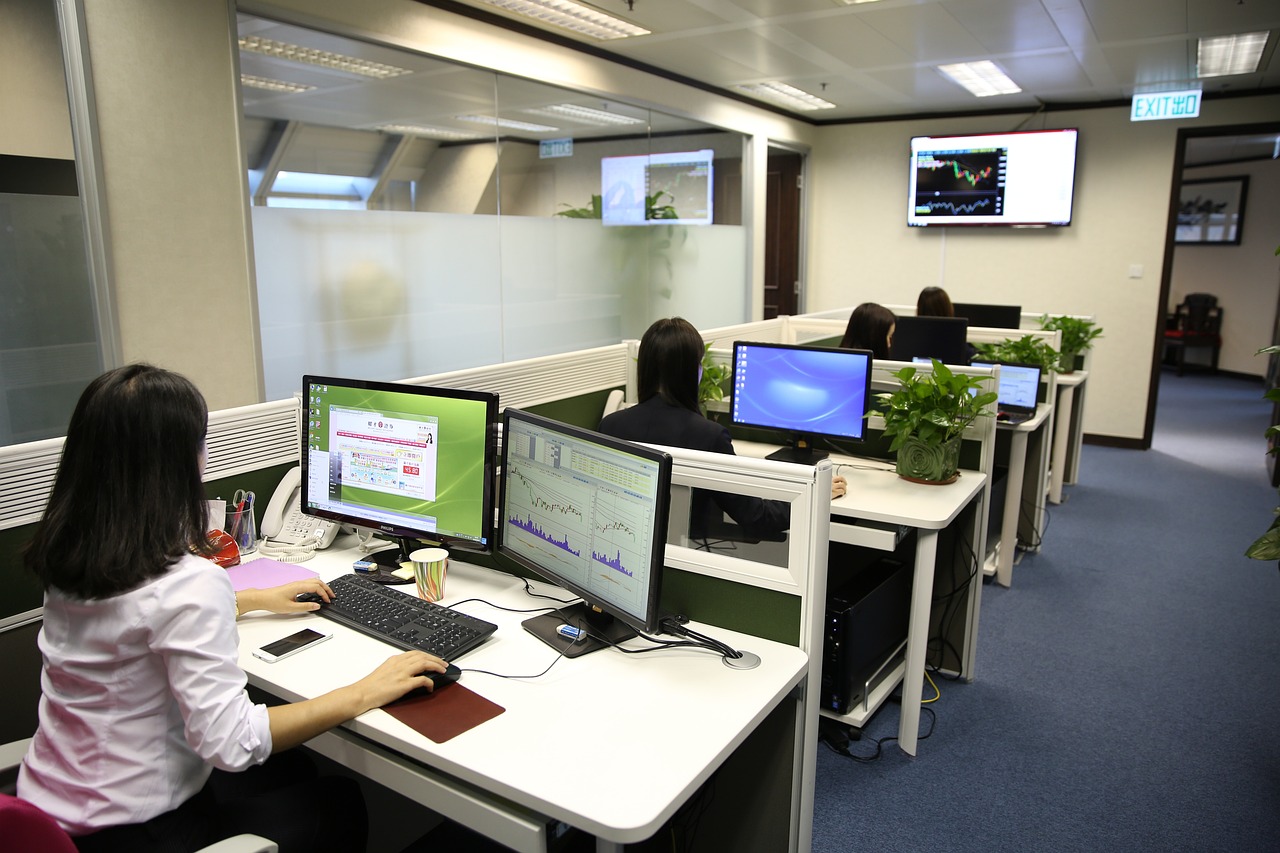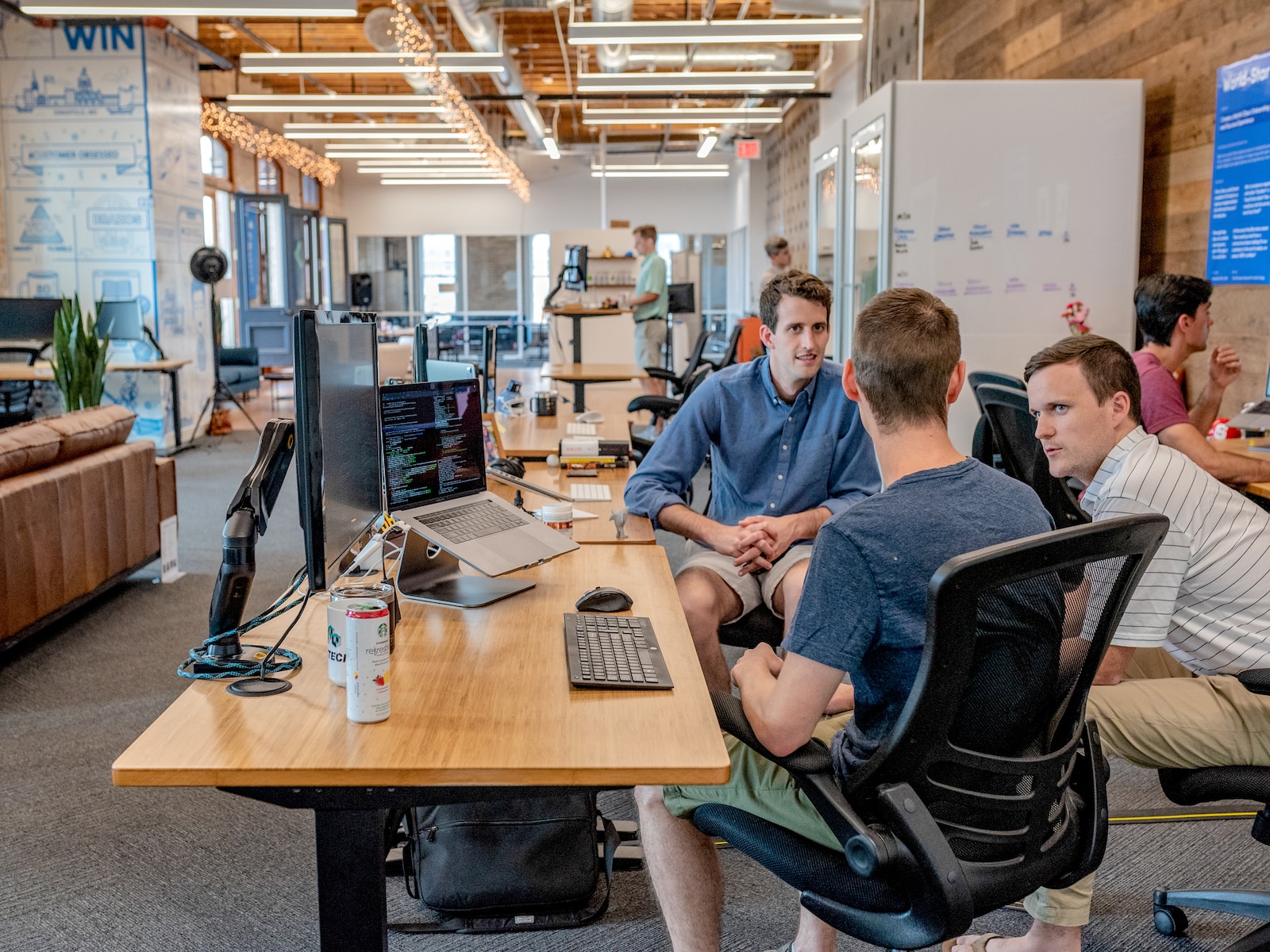Australia, known for its stunning landscapes and vibrant cities, offers a high standard of living and a robust job market in sectors like technology, healthcare, and education.
Cities such as Sydney, Melbourne, Brisbane, and Perth provide excellent career opportunities and quality of life.
The country’s emphasis on work-life balance, world-class education, and healthcare systems makes it ideal for families.
Australia’s multicultural society, welcoming atmosphere, and outdoor lifestyle create a dynamic and enjoyable environment.
With its economic stability and emphasis on innovation, Australia is an attractive destination for professionals and non-professionals seeking both career growth and a high quality of life.
High-Demand Jobs in Australia
Australia has a dynamic job market with several industries experiencing high demand for skilled workers.
Here’s a table listing high-demand jobs in Australia along with their average yearly salaries:
| Industry | Job Role | Average Yearly Salary (AUD) |
| Information Technology (IT) | Software Developers | $80,000 – $130,000 |
| Cybersecurity Specialists | $100,000 – $160,000 | |
| Data Scientists and Analysts | $90,000 – $140,000 | |
| Cloud Engineers | $100,000 – $150,000 | |
| Healthcare | Registered Nurses | $65,000 – $90,000 |
| General Practitioners (GPs) | $150,000 – $200,000 | |
| Allied Health Professionals | $70,000 – $100,000 | |
| Pharmacists | $70,000 – $100,000 | |
| Engineering | Civil Engineers | $80,000 – $120,000 |
| Mechanical Engineers | $75,000 – $110,000 | |
| Electrical Engineers | $80,000 – $120,000 | |
| Mining Engineers | $110,000 – $160,000 | |
| Construction | Project Managers | $100,000 – $150,000 |
| Construction Managers | $120,000 – $180,000 | |
| Carpenters | $60,000 – $90,000 | |
| Electricians | $70,000 – $100,000 | |
| Education | Early Childhood Educators | $50,000 – $70,000 |
| Primary and Secondary School Teachers | $70,000 – $100,000 | |
| University Lecturers and Tutors | $90,000 – $120,000 | |
| Finance and Accounting | Accountants | $60,000 – $90,000 |
| Financial Analysts | $70,000 – $100,000 | |
| Auditors | $70,000 – $100,000 | |
| Tax Consultants | $70,000 – $100,000 | |
| Trades | Plumbers | $70,000 – $100,000 |
| Electricians | $70,000 – $100,000 | |
| Welders | $60,000 – $90,000 | |
| Carpenters | $60,000 – $90,000 | |
| Sales and Marketing | Digital Marketing Specialists | $60,000 – $100,000 |
| Sales Managers | $90,000 – $150,000 | |
| Market Research Analysts | $70,000 – $100,000 | |
| Agriculture | Agricultural Scientists | $70,000 – $100,000 |
| Farm Managers | $60,000 – $90,000 | |
| Horticulturists | $60,000 – $90,000 | |
| Hospitality and Tourism | Chefs | $55,000 – $75,000 |
| Hotel Managers | $70,000 – $120,000 | |
|
Tour Guides |
$50,000 – $70,000 |
Step-by-Step Guide to Secure a Visa Sponsorship Job in Australia
-
Research Visa Types and Requirements
- Temporary Skill Shortage (TSS) Visa (Subclass 482): For skilled workers to fill a position that an Australian employer cannot find a suitable Australian worker for.
- Employer Nomination Scheme (ENS) Visa (Subclass 186): For skilled workers who are nominated by their employer for a permanent position.
- Skilled Employer Sponsored Regional (Provisional) Visa (Subclass 494): For skilled workers who want to work in regional Australia.
- Regional Sponsored Migration Scheme (RSMS) Visa (Subclass 187): For skilled workers nominated by their employer in regional Australia for a permanent visa.
-
Identify In-Demand Occupations
- Check the Skilled Occupation List (SOL) or the Consolidated Sponsored Occupation List (CSOL) to find out if your profession is in demand.
- Focus on industries with skill shortages such as IT, healthcare, engineering, trades, carpentry, tailoring, blacksmithing, teaching, plumbing hair dressing, barbing and other repair jobs.
-
Prepare a Strong Resume and Cover Letter
- Tailor your resume to highlight your skills and experiences relevant to the job you are applying for.
- Write a compelling cover letter that explains why you are the ideal candidate and how you meet the job requirements.
-
Search for Sponsorship Jobs
- Use job portals like Seek, Indeed, and LinkedIn to find job listings that offer visa sponsorship.
- Look for Australian companies known to sponsor visas, such as Atlassian, Canva, and other tech companies.
-
Apply for Jobs
- Apply for jobs that match your skills and experience.
- Ensure your application materials (resume, cover letter, references) are up-to-date and tailored to each job application.
-
Network with Potential Employers
- Leverage professional networking sites like LinkedIn to connect with recruiters and hiring managers in Australia.
- Join industry-specific groups and forums to increase your visibility and network with professionals in your field.
-
Prepare for Interviews
- Research the company and the role thoroughly before the interview.
- Practice common interview questions and prepare to discuss your experience and how it aligns with the job requirements.
-
Negotiate Sponsorship
- Once you receive a job offer, discuss visa sponsorship with your employer.
- Ensure they are willing to sponsor your visa and understand the process involved.
-
Submit Visa Application
- Gather all required documents, including your job offer, resume, qualifications, and any other supporting documents.
- Submit your visa application through the Department of Home Affairs website.
- Pay the necessary visa application fee and wait for a decision.
-
Prepare for Relocation
- Once your visa is approved, make arrangements for your relocation to Australia.
- Research housing, healthcare, and other essential services to ensure a smooth transition.
Following these steps will increase your chances of securing a visa sponsorship job in Australia.
Frequently Asked Questions (FAQs)
- How can I find a job with visa sponsorship in Australia?
- Use job boards like Seek, Indeed, and LinkedIn to find listings that offer visa sponsorship.
- Look for Australian companies known to sponsor visas.
- Network with professionals and recruiters through LinkedIn and industry events.
- Do all Australian employers sponsor visas?
No, not all employers sponsor visas. Only certain employers are approved by the Australian government to sponsor foreign workers. These employers must demonstrate that they are unable to find suitable Australian workers for the position.
- What are the costs associated with visa sponsorship?
The costs can include visa application fees, medical examinations, police checks, and other related expenses. Some employers may cover these costs, while others may expect the employee to pay them.
- How long does the visa sponsorship process take?
The processing time varies depending on the type of visa, the complexity of the application, and the processing times of the Department of Home Affairs. It can take anywhere from a few months to over a year.
- Can my family come with me if I get a sponsored job in Australia?
Yes, most visa categories allow you to include immediate family members (spouse/partner and children) in your visa application, so they can live and work or study in Australia.
- What happens if I lose my job on a sponsored visa?
If you lose your job, you generally have a limited time to find another employer who can sponsor you, or you may need to leave the country. The specific time frame and conditions depend on the type of visa you hold.
- Can I apply for permanent residency through a sponsored job?
Yes, certain visas like the ENS (Subclass 186) and the RSMS (Subclass 187) provide a pathway to permanent residency. Additionally, after working for a certain period on a TSS visa, you may become eligible to apply for permanent residency.
- What is the Skilled Occupation List (SOL)?
The SOL is a list of occupations that are in high demand in Australia. To be eligible for a skilled visa, your occupation must be on this list.
- Can I switch employers on a sponsored visa?
Yes, but you will need to find another employer willing to sponsor you and apply for a new nomination under the same visa subclass or a different visa.
- How do I check if a company is approved to sponsor visas?
You can check if a company is an approved sponsor by visiting the Australian Government’s Department of Home Affairs website or by contacting the company directly.






